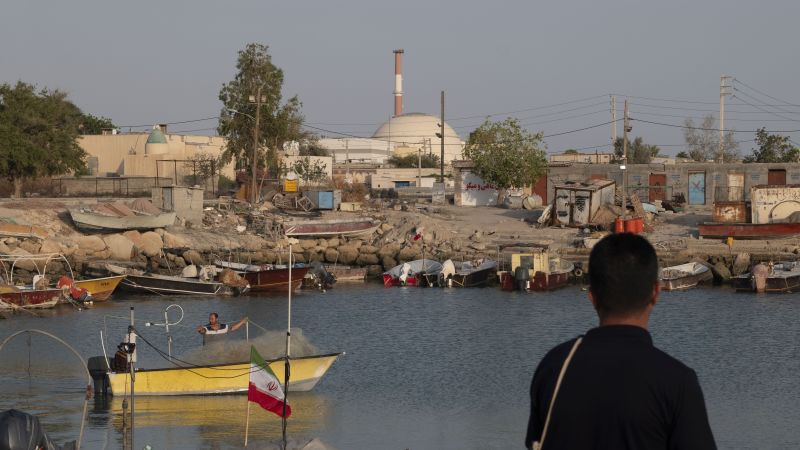
Iran is on the brink of facing a reimposition of United Nations-mandated sanctions unless it agrees to return to the negotiating table regarding its nuclear program and permits international inspections of its nuclear facilities. The potential restoration of sanctions, which were lifted a decade ago under a landmark nuclear deal, could commence by the end of the month if a critical meeting between Iran and three European nations fails to yield progress.
France, Germany, and the United Kingdom have informed the United Nations of their intention to trigger the ‘snapback’ mechanism to reinstate sanctions if Iran continues to breach its obligations under the nuclear agreement. This mechanism was integrated into the 2015 Joint Comprehensive Plan of Action (JCPOA), which offered Iran sanctions relief in exchange for stringent and verifiable limits on its nuclear activities.
The Snapback Mechanism and Its Implications
The snapback mechanism allows for the automatic reimposition of all UN Security Council sanctions that were lifted under the 2015 agreement. These sanctions, initially introduced between 2006 and 2010, encompass an arms embargo, restrictions on uranium enrichment, and bans on Iran acquiring technology related to its ballistic missile program. They have historically exerted significant pressure on Iran’s oil and financial sectors.
The process of reimposing these sanctions takes 30 days. However, the European nations are mindful that Russia will assume the presidency of the Security Council in October, potentially complicating the process.
Current Diplomatic Efforts and Challenges
In a recent letter to the UN Security Council, the foreign ministers of the three European nations, collectively known as the E3, stated that Iran had violated “the near entirety of its JCPOA commitments.” They have made it clear that if Iran does not engage in diplomatic solutions before the end of August 2025, or fails to utilize the opportunity for an extension, they are ready to activate the snapback mechanism.
Iran suspended nuclear negotiations with the United States following a 12-day conflict in June, during which the US and Israel targeted its nuclear sites. Since then, the International Atomic Energy Agency (IAEA) inspectors have been denied access to Iran’s nuclear installations.
Iran’s Response and Potential Countermeasures
Iranian Foreign Minister Abbas Araghchi, in a phone call with his UK, French, and German counterparts, warned of severe consequences should the snapback mechanism be triggered. According to state-run Press TV, Iran is preparing for “the worst scenarios,” which include limiting cooperation with the IAEA, withdrawing from the Nuclear Non-Proliferation Treaty (NPT), and potentially listing the E3 as “hostile states.”
A source close to the Iranian government told CNN that these measures would allow Iran’s armed forces to inspect vessels associated with the European states in the Persian Gulf and the Sea of Oman. “The E3 is further reducing their role into irrelevance by nagging like a frustrated kid,” the source remarked, criticizing the European nations’ stance.
Economic Impact and Global Reactions
Analysts suggest that the reimposition of sanctions via the snapback mechanism would exacerbate the already struggling Iranian economy. “In the short term, snapback will hurt the Iranian economy, largely by creating problems for euro liquidity, which is important for Iran’s ability to reliably buy essential goods, like pharmaceuticals,” said analyst Esfandyar Batmanghelidj.
Despite the anticipated economic challenges, Batmanghelidj expects that China will continue purchasing Iranian oil, the United Arab Emirates will facilitate trade for Iranian importers, and Iraq will remain a market for Iranian exporters.
The unfolding situation places significant pressure on the upcoming meeting, which is set to be held at the deputy foreign minister level, as reported by Press TV. The outcome of these discussions could determine the immediate future of Iran’s economic and diplomatic landscape.





